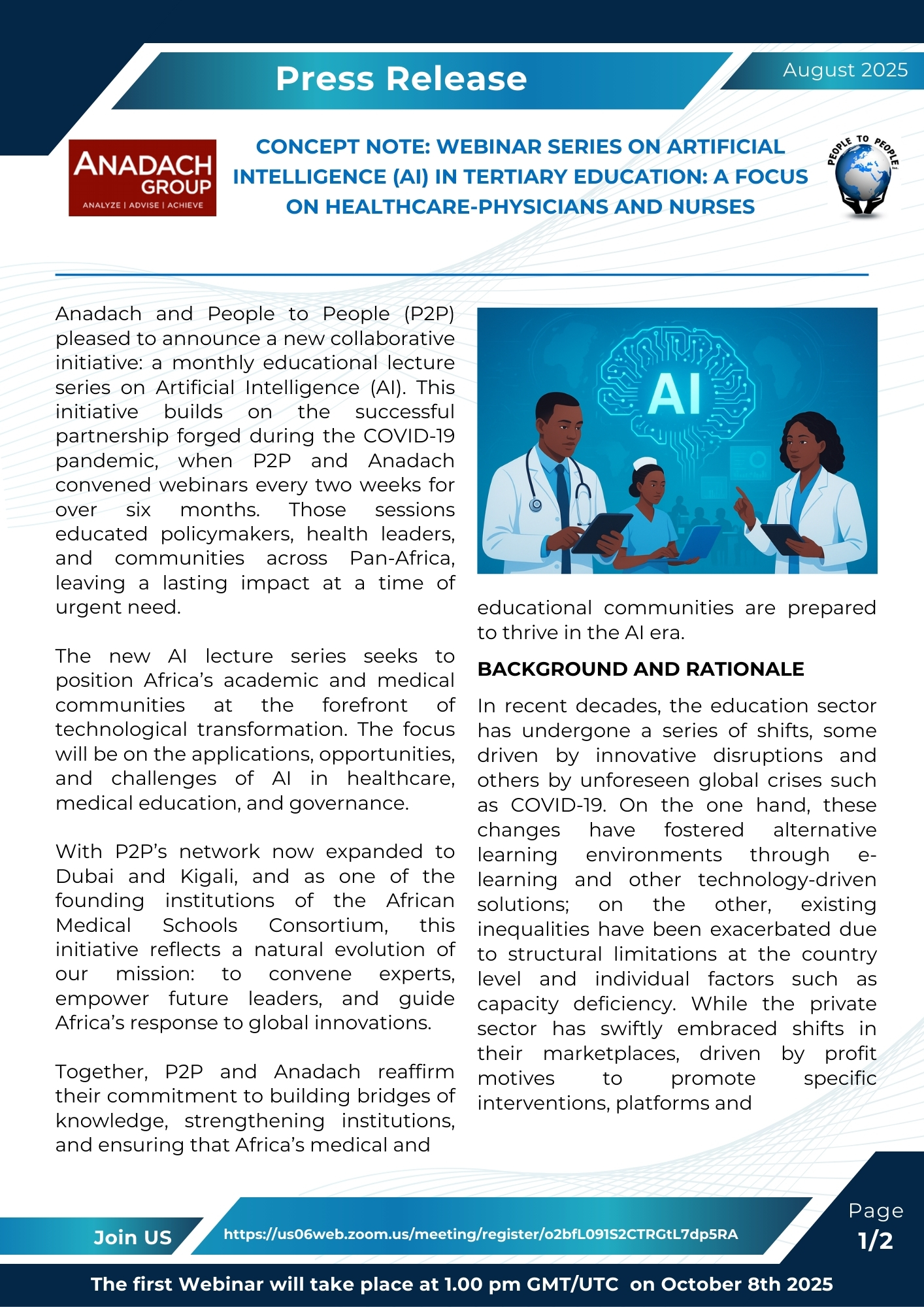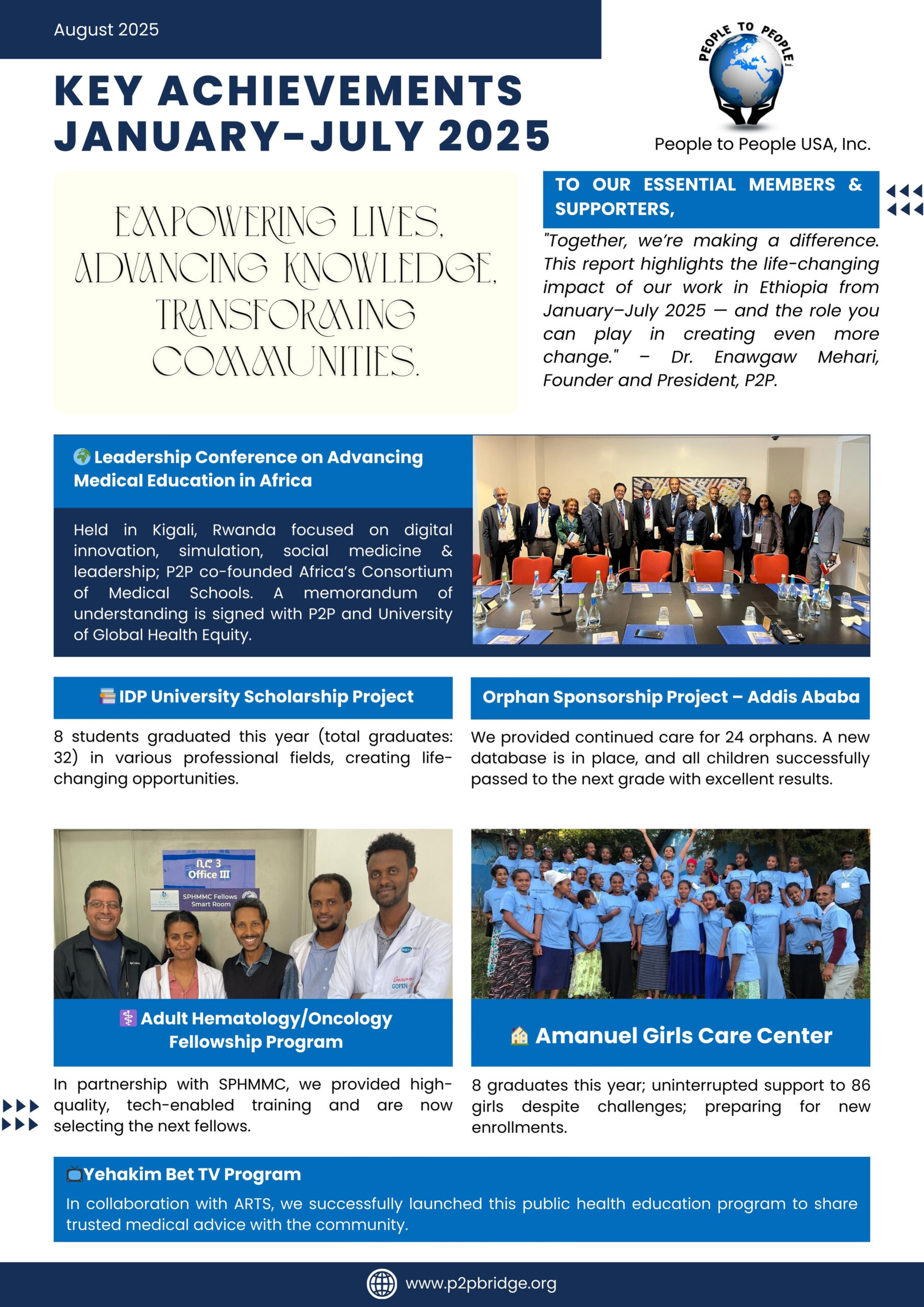Digitizing patient data- some perspectives and recommendations for Ethiopia
Mulugeta Gebregziabher, PhD Professor and Vice Chair Department of Public Health Sciences Medical University of South Carolina E-mail: gebregz@musc.edu Introduction: An electronic medical record (EMR) is the systematized collection of electronically-stored demographics and health information (e.g., medical history, medications, test results, billing data, etc.) on patients in a digital format [1]. EMR systems are designed to store data accurately in searchable digital form to capture the state of a patient across time with key advantages that include (i) elimination of the need to track down a patient’s previous paper medical records allowing data to be accurate and legible; (ii) reducing data replication; (iii) extracting medical data to assess trends and long term changes in a patient; (iv) facilitating population-based studies. Countries have the choice of developing in-house software platform, purchasing commercial software, or opting for an open-source depending on the overall cost of the respective system and the value it adds to an existing paper-based system. In this short report, a comparative analysis of commercial systems and open-source systems to establish EMRs is provided in a resource-limited setting like Ethiopia. This, in its own way, can spur an on-going debate in the programmatic developments of setting up an electronic health information systems (eHIS) in Ethiopia and beyond. A literature review on EMR systems was conducted by searching major databases such as the Scopus (which includes MEDLINE and Embase), African Index Medicus, and IEEEXplore. Journal articles and conference proceedings, including ahead-of-print articles published in English from 2000 to 2018 (August) focusing on Ethiopia, Kenya, Rwanda, Tanzania, Mozambique, Uganda, Ghana, Botswana, Sierra Leone, South Africa were retrieved . The search strategy identified 1,103 citations. Studies that were published before 2000, written in a language other than English, or were not accessible without a fee were excluded. The winnowing process resulted in 35 final articles that were deemed relevant to the objectives of this report. The summary of the results of what systems to exist in these African countries is given in Table 1. Table 1. Summary information about EHR systems in selected sub-Saharan African countries Country EHR system Year introduced World Bank Classification by Income type Open-source or Commercial? Ethiopia Variety of local systems 2009 Low Both Kenya OpenMRS 2006 Low-middle Open-source Tanzania OpenMRS 2008 Low Open-source Uganda OpenMRS 2006 Low Open-source Rwanda OpenMRS 2006 Low Open-source Ghana Variety of local systems Not known Low-middle Both Botswana MEDITECH 2005 Upper-middle Commercial Sierra Leone OpenMRS 2014 Low Open-source South Africa OpenMRS, MEDITECH 2006, Upper-middle Open-source Mozambique OpenMRS 2008 Low Open-source Commercial systems: Some of the most commonly used commercial EHR systems include Epic, Cerner, MEDITECH, and InterSystems [2]. These commercial systems are mostly used in the United States, Europe, Latin America and to some extent in the Middle East, but not in SSA (need to expand SSA) countries with the exception of MEDITECH. MEDITECH South Africa Ltd has been operating in Southern African countries (South Africa, Botswana, and Namibia). The low penetration of commercial EHR vendors in Africa can be attributed to the substantial cost that is incurred [3]. Other challenges include: (i) product lifespan to ensure that vendors and products are long-lasting; and (ii) the vendor’s reliability for product customization to avoid further expenses. Out-of-the-box functionality may not meet all the requirements in a given setting. However, commercial systems have certain key advantages that make them attractive. Implementations typically require minimal programmer/configuration personnel [2, 3]. Vended products usually undergo extensive testing prior to rollout, provide warranties and liability insurance, and most importantly, vendors provide system support and maintenance, including updates, bug-fixes, security patches, and feature enhancements [2,3]. Open-source systems: Open-source software (OSS) allows users to adopt, modify, and redistribute the software subject to a number of possible license options [4]. OSS is developed by a community of volunteer programmers and it is a model for open collaboration [5]. There are several types of open source licenses. The prominent ones are approved by the Open Source Initiative (OSI), www.opensource.org. OSI-approved licenses have strong communities and are listed in the aforementioned link. Table 2 provides a comparative analysis open-source and commercial systems. It shows how much great care is necessary when identifying and selecting a reliable EHR system. Table 2: Comparative and qualitative summary for commercial and open-source EHR systems Commercial Open-Source High cost and mostly used in developed countries Cost effective and mostly used in low-resource settings Focused on revenue and profit Focused on collaboration and volunteering Support can be readily available for as long as the vendor is in business Support can be limited since volunteers normally need to attend to another full-time role Limited room for feature enhancements Flexible for feature enhancements Easier to implement with full vendor support Needs skilled implementers Rarely built to have inter-operability with other systems OSS are mostly designed with the future including interoperability Provides warranties, liability insurance, bug fixes and resolution of security issues No warranties or liability insurance, and may take time to resolve bug or security issues High system cost on top of infrastructure, hardware and personnel costs makes it challenging to scale up at national level Free of charge system helps scale up at national level – infrastructure, hardware and personnel costs still applicable Status of EHR in Ethiopia: To date, no EHR system has been nationally deployed in Ethiopia. Some efforts to deploy EHR within referral hospitals occurred at a few universities. For example, SmartCare, a hybrid EHR system which has been running at Ayder Referral Hospital in Mekelle. A study on SmartCare across five hospitals in Ethiopia indicated some challenges with the implementation of this system [6], including the lack of dedicated IT support at a given site and double documentation (paper-based and EHR) causing dissatisfaction and inconsistency. Another EHR system, WHONET, is a free Windows-based database software developed for the management of laboratory data, with a focus on antimicrobial susceptibility test results [7]. WHONET has been available since 1989 through the World Health Organization (WHO) Collaborating Centre for Surveillance of Antimicrobial Resistance based at the Brigham and Women’s Hospital in Boston. The system is used by
Digitizing patient data- some perspectives and recommendations for Ethiopia Read More »







